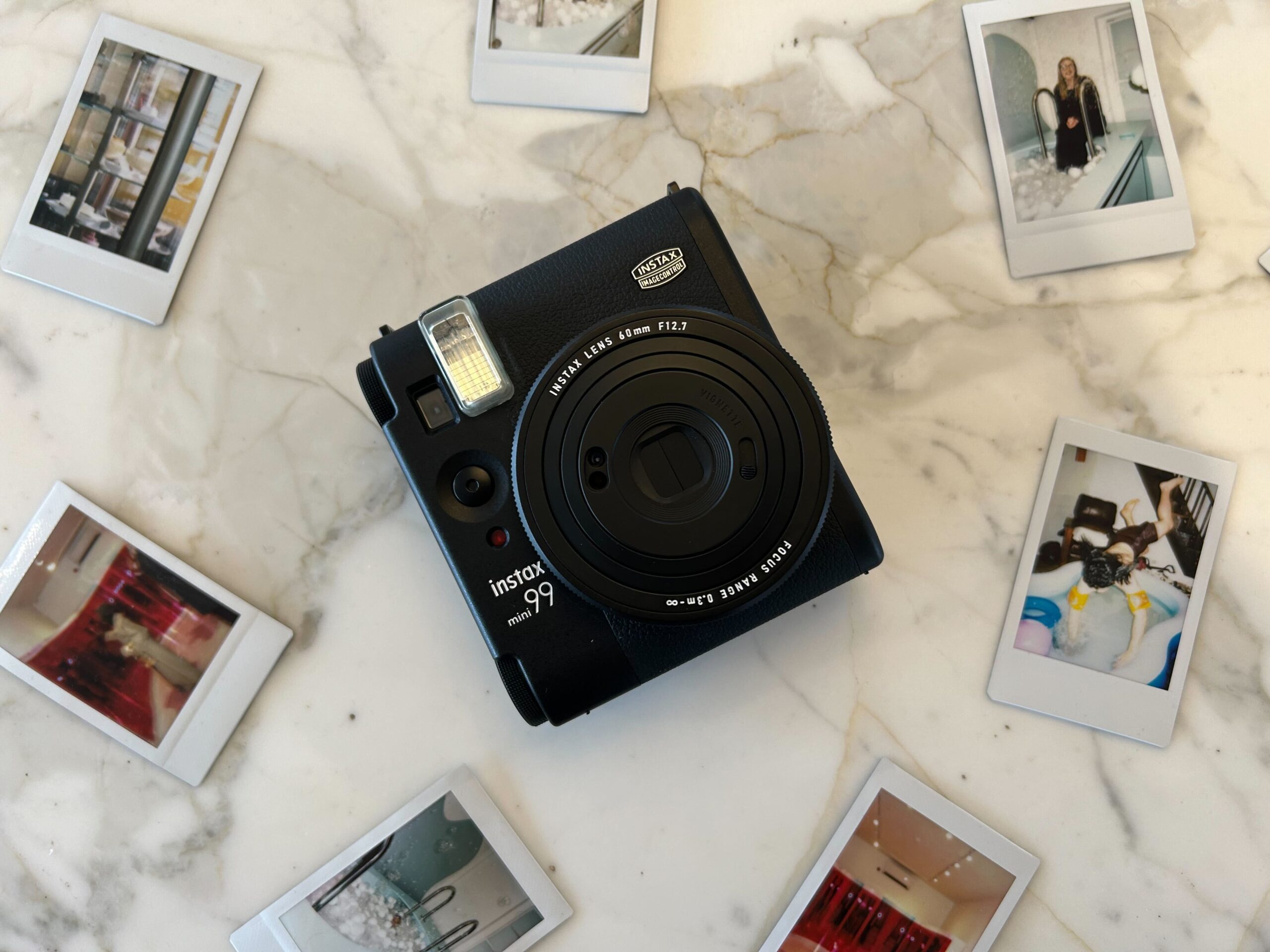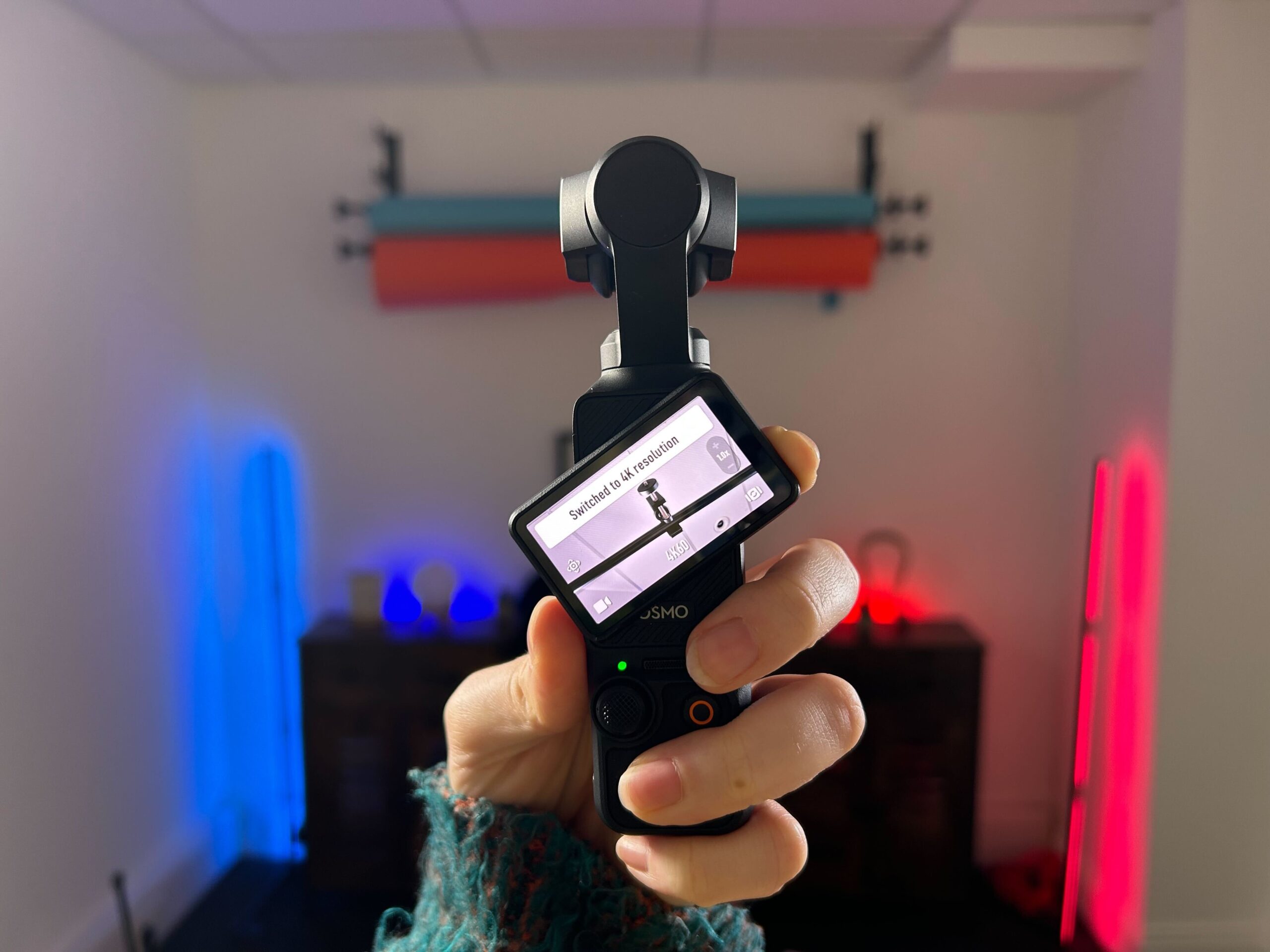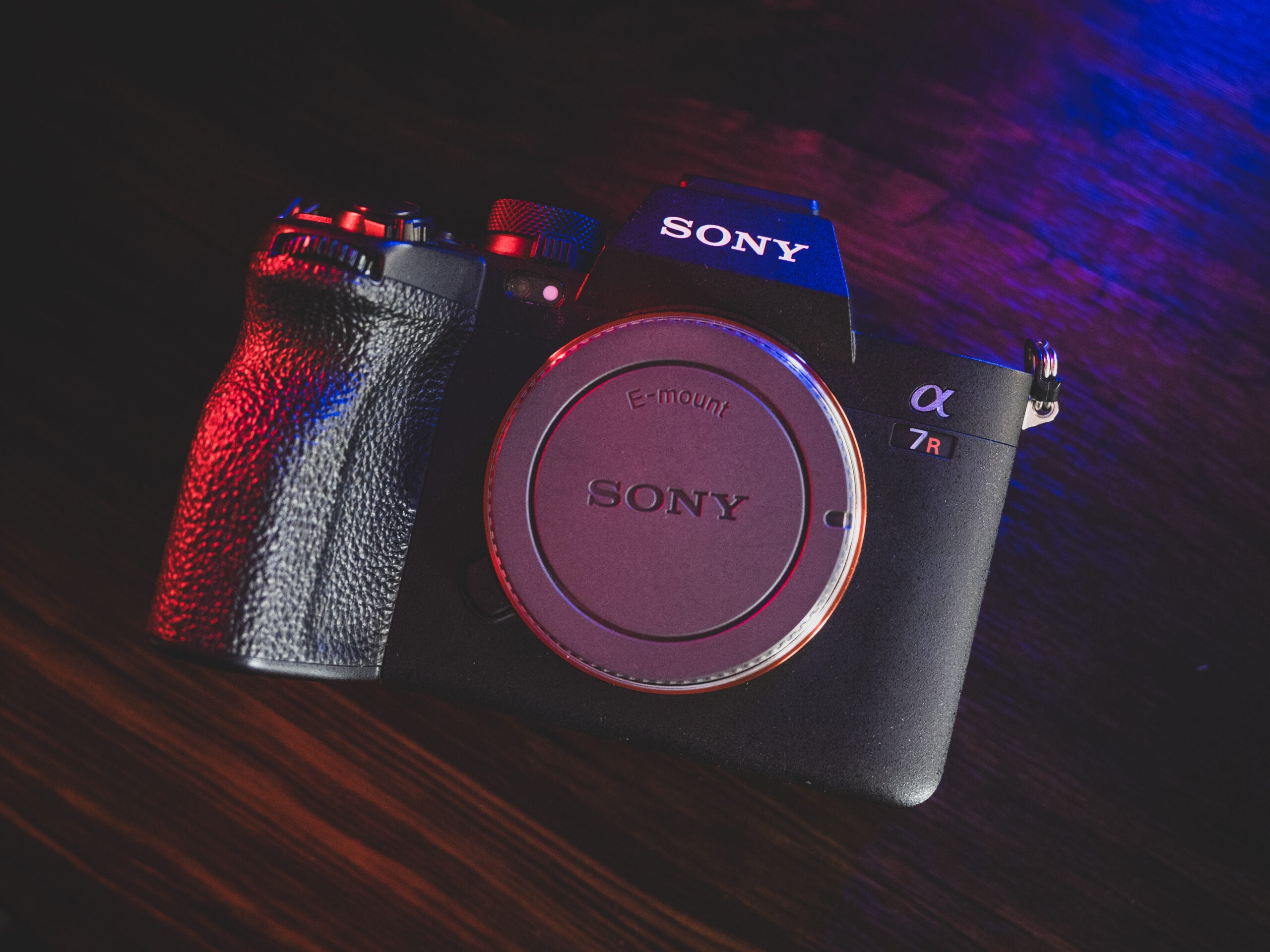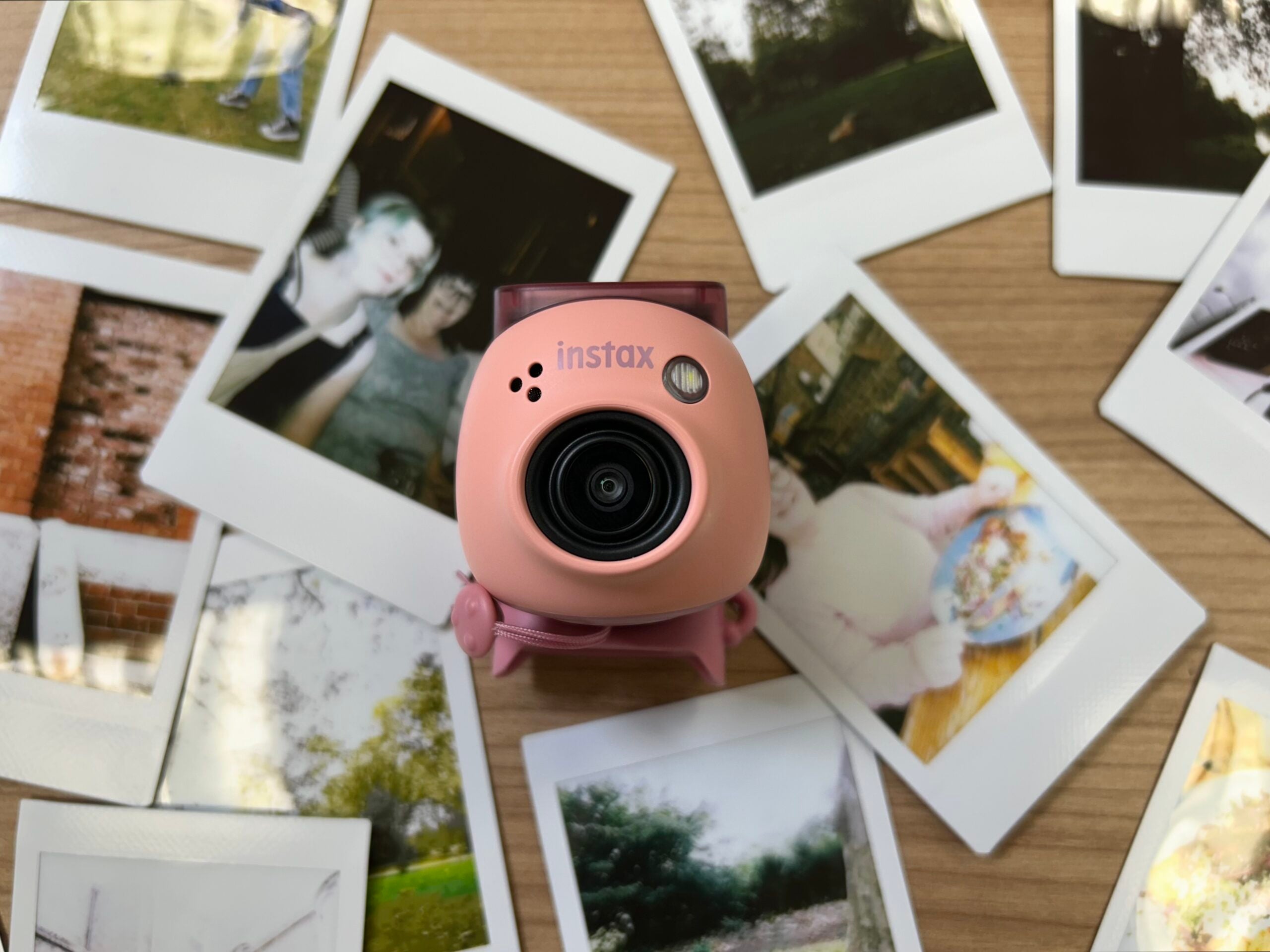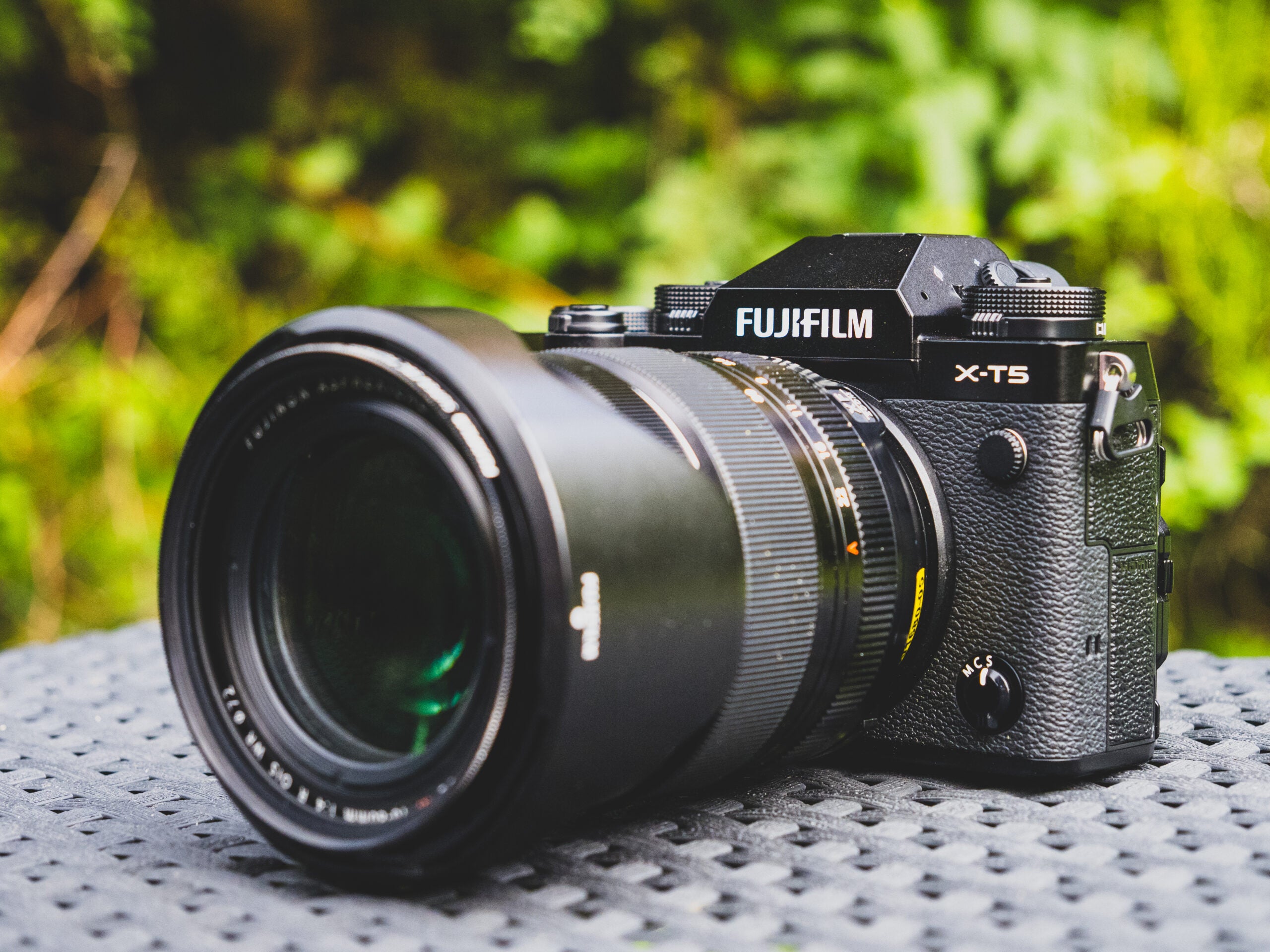Sony Alpha 7 IV Review
The latest mirrorless camera in Sony’s A7 series
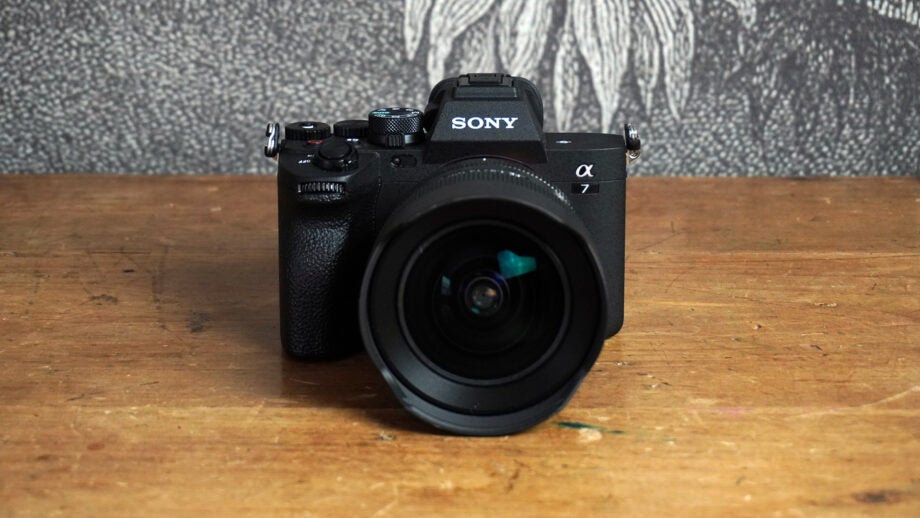

Verdict
The Sony A7 IV is a premium all-rounder, with sufficient power to take on almost any photo or video assignment: portraits, landscapes, vlogs, street photography and low-light work. It offers superb AF, good image stabilisation and excellent video quality – but those seeking a camera to shoot professional video might be slightly disappointed by the crop required when recording at 4K/60fps.
Pros
- Fast and accurate autofocus
- Good handling and build quality
- Very capable with both stills and video
Cons
- Some video modes cropped
- Fairly heavy build
- Fast SD or CFexpress cards required for some modes
Availability
- UKRRP: £2400
- USARRP: $2500
- EuropeRRP: €2797
- CanadaRRP: CA$3197
- AustraliaRRP: AU$4100
Key Features
- 33MP full-frame sensorThe large, high-resolution image sensor is ideal for demanding photo and video tasks, including low-light work
- 4K video recordingThe A7 IV captures 4K video at a range of frame rates and bit rates, including 10-bit and 60fps
- Front-facing screenThe touchscreen twists and flips around the side of the camera to face forward, which makes it ideal for self-shooting
Introduction
The Sony A7 IV is the fourth incarnation of Sony’s “basic” full-frame mirrorless model, but this camera is anything but entry-level.
A hybrid powerhouse with a Bionz XR processor (the same as you’ll find in Sony’s top-of-the-range A1 camera), advanced autofocus system, a newly developed 33-megapixel sensor and the ability to record 10-bit 4K video at up to 60fps, the A7 IV is arguably built and specified to flagship standards.
The price, it should be said, isn’t too far off flagship standards, either. The A7 IV will represent a major outlay for a photographer or videographer – or someone who straddles the divide – at any level.
Does its performance and design warrant such a large investment? I took it through its paces over the space of a few days, shooting video and photos in some challenging conditions, and quickly found it to be an impressive and pleasingly versatile performer – and one that might be Sony’s most all-round appealing full-frame camera.
Design and Handling
- Side-opening vari-angle touchscreen
- Improved build quality
- New control layout with customisable dial
The Sony A7 IV takes several design cues from the much pricier A7S III, such as the side-opening, front-facing touchscreen and a greater level of water- and dust-proofing than the A7 III. In particular, the screen feels like an impactful change. Many potential buyers will be filming themselves with this camera, and having that front-facing screen makes the process so much easier.
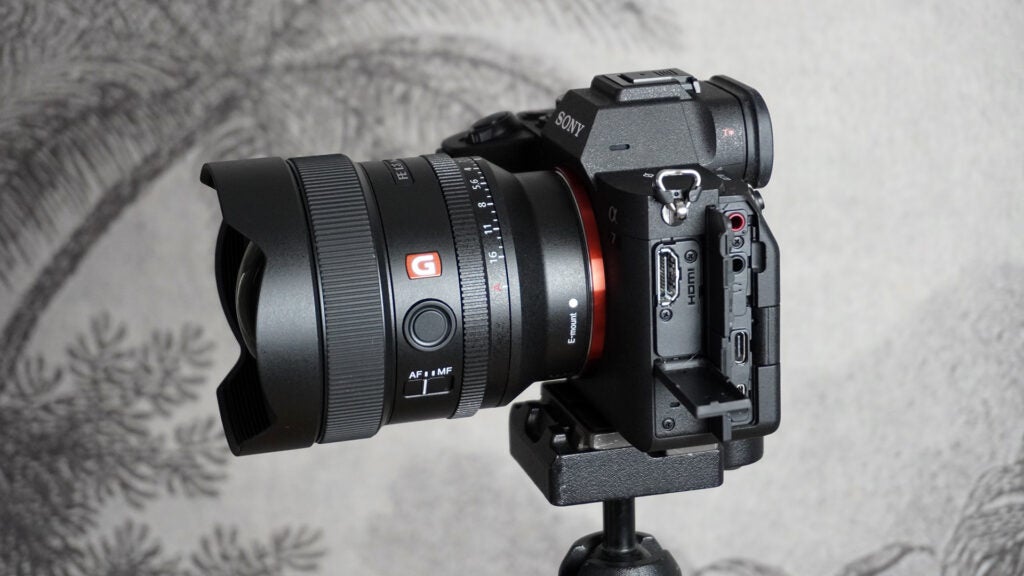
The one issue with the screen placement is that, when it’s forward-facing, most of the connections are located in front of it. So, if you have a USB-C, HDMI, mic or headphone cable hooked up, they’re likely to obstruct your view of the screen somewhat.
The OLED viewfinder has also received an upgrade over that featured in the A7 III. While the size remains the same at 1.3cm, there are now 3.69 million dots as opposed to 2.36 million, making things noticeably sharper and clearer – if not as “looking through a window”-crisp as the A7S III’s 1.6cm, 9.43 million-dot viewfinder.
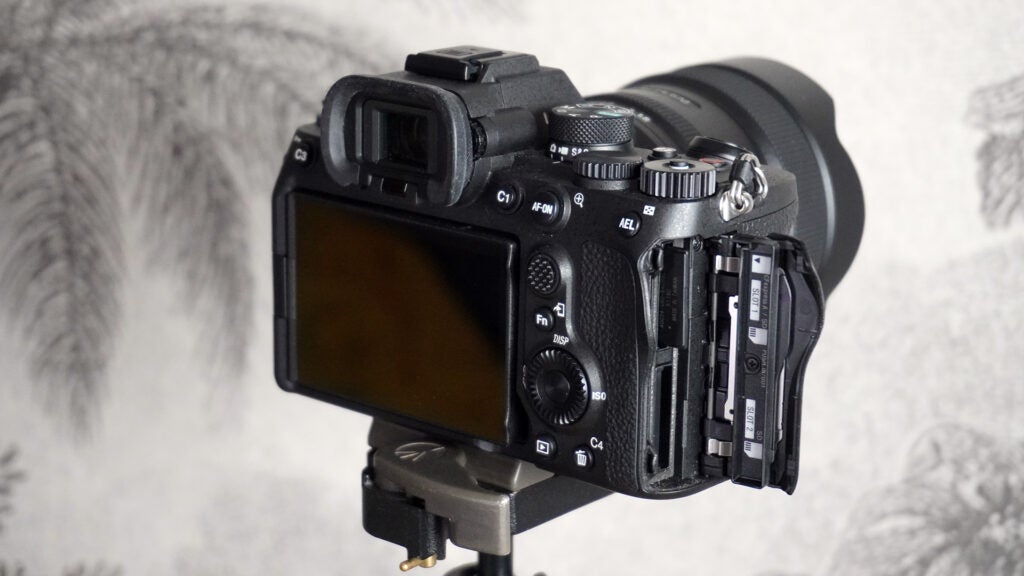
The A7 IV also comes with a new heat dissipation system, designed to reduce instances of forced shutdown when recording long videos. This has become a major issue for some recently released mirrorless cameras, especially when recording at more demanding image qualities.
To put this to the test, I set the video quality to 10-bit 4K/60fps and left the camera recording in a room temperature environment. It managed 38 minutes before overheating and shutting down to cool off, which in my opinion seems acceptable; but this might be an issue for anyone who wants to film long continuous sequences such as interviews.
The camera body is quite heavy at 658g without a lens (full-frame lenses tend to be large and heavy, too, so expect them to add to that), and fairly large at 131.3 x 96.4 x 79.8mm. Unlike the Sony ZV-E10, for example, this isn’t a device you can carry around all day without noticing it. That said, we’ve come a long way since the days where massive, brick-like DSLRs ruled the roost, and given the power and spec of the A7 IV, I can certainly accept a little bit of heft.
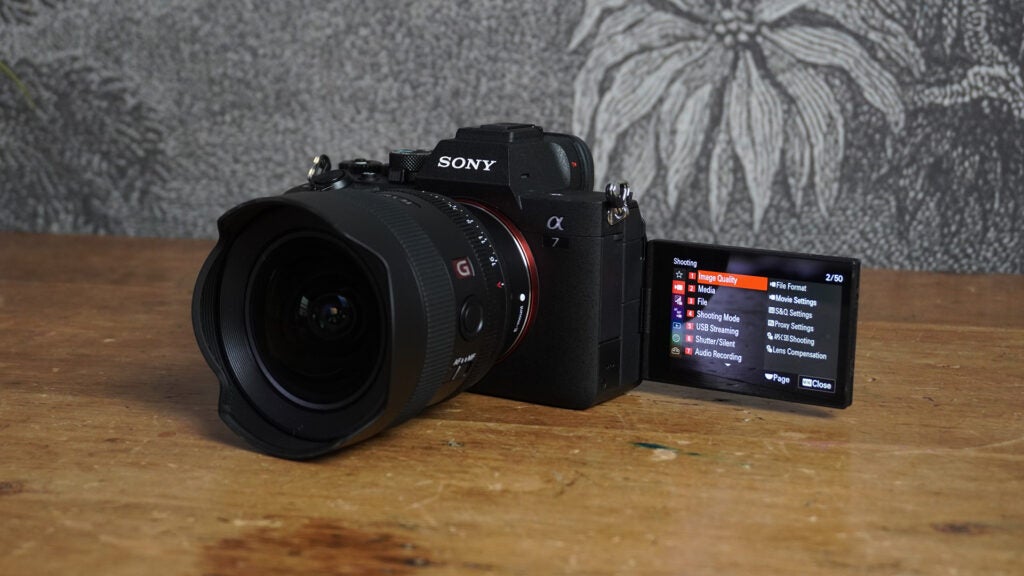
The control layout and handling are fine, too. As a long-time Sony user, I found the lack of a dedicated exposure compensation button or dial a bit odd, but there’s a fully customisable dial that can perform that task (or a multitude of others), along with four customisable buttons and three user presets for the PASM dial.
Sony has also made a second mode dial that sits below the PASM dial, letting you flick between photo, video and S&Q (slow and quick) modes. This is handy, and unlike on some of its other cameras, there are lots of touchscreen controls on offer. You can use it to flick through your images and videos, and change menu items, as well as set the focus point.
Features
- Face and human/animal eye-detection autofocus
- In-body SteadyShot Inside image stabilisation
- USB streaming and power supply
Sony cameras are considered some of the best around when it comes to autofocus – and the A7 IV, having received an AF upgrade over the A7 III, is exceptional in this regard. Its Fast Hybrid AF system combines phase- and contrast-detection technologies, with 759 separate detection points covering 94% of the sensor’s imaging area.
I’ve recently been using another – admittedly, much cheaper – Sony mirrorless camera, the ZV-E10, and while its autofocus is decent, the A7 IV’s is significantly faster. It comes with a clever AI-based tracking function that recognises human faces and, in particular, the eyes of humans, animals and birds, maintaining constant focus on them as they move around the frame – and in general, it works brilliantly. During my vlogging tests there was only one instance out of dozens where the A7 IV’s autofocus had trouble finding my face; it can even recognise eyes and faces from the side, if not identify human bodies from any angle such as Panasonic’s recent models.
SteadyShot Inside image stabilisation is also present, as you’d expect from a camera in this price bracket. This is in-body image stabilisation (aka IBIS) that will work with any lens attached, and offers two modes: Standard and Active. The former uses IBIS only, while Active adds digital stabilisation on top – but at the price of cropping the frame slightly and narrowing the field of view by about 15%. When walking and vlogging to camera, I found Standard a tad lacking at reducing the wobble in the background, while Active did a much better job of smoothing things out – you just need to make sure you use a focal length wide enough to accommodate that tighter field of view.
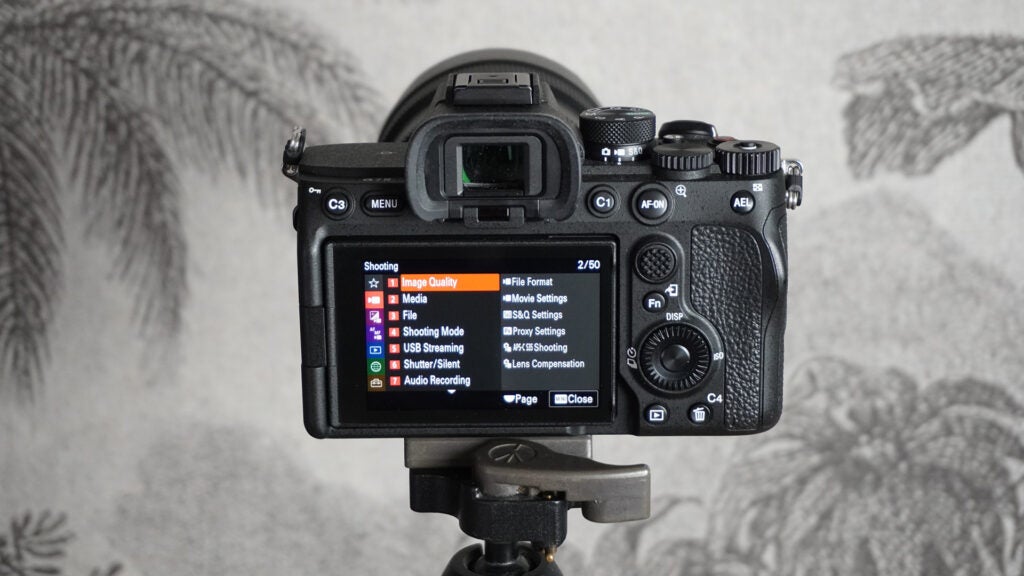
There’s a third option: Sony’s free Catalyst desktop software, which uses gyroscope data captured during filming to digitally stabilise the footage post-production and it also crops the image slightly. Catalyst stabilisation obviously requires a bit more work to achieve, but I think it offers a much better result than Standard and slightly better than Active. If you’re looking for the smoothest handheld footage, don’t discount it.
The A7 IV’s connectivity is well worth a mention, too. The USB-C port can handle a multitude of functions, including constant power supply and live-streaming for webcam. This is also the first “vanilla” A7 camera to feature a full-size HDMI output, and the wireless speed has been increased thanks to the inclusion of 5GHz Wi-Fi.
Storage comes courtesy of two card slots: one for SD and one that supports either SD or CFexpress. Note that you’ll need a fast SD or CFexpress card for certain advanced recording modes. I don’t have one, so I wasn’t able to test out the camera’s XAVC S-I formats.
The camera uses the same NP-FZ100 battery as many of Sony’s other A-series models, including the A7 III. It can be charged internally via the USB-C port, and went from 100% to 67% after recording a continuous 40-minute 4K/60p video clip. As such, you can expect a full charge to deliver about two hours of recording, if you keep video stop/starting and reviewing to a minimum.
Image Quality
- 4K at 24/30/60fps or 1080p at 24/30/60/120fps
- Supports 11 picture profiles, including S-Log2, S-Log3 and S-Cinetone
- 33-megapixel still photos
The new 33-megapixel sensor and powerful Bionz XR processor unlock some interesting new possibilities for the A7 IV, including 4K video at 60fps – although this does require a severe crop down to an APS-C field of view.
If you record at 24 or 30fps, you can use the entire full-frame field of view – but, apparently, the demands of 4K/60fps are a little too much for this camera. Initially I found this restriction disappointing, given that another camera I’ve recently reviewed, the Panasonic GH6, displayed no such trouble; but, then again, the GH6 is starting with a Micro Four Thirds sensor even smaller than APS-C, rather than a massive full-frame sensor.
If you really need the full-frame view with 4K/60fps, you’ll need to go with an A7S III or A1. Nonetheless, the A7 IV is still an impressive video camera. It can record in several picture profiles including S-Log2 and S-Log3 (which offer wide dynamic ranges that are ideal for those who like colour-grading – all my footage in the below clip was recorded in S-Log2 and graded using DaVinci Resolve) and S-Cinetone, which produces natural-looking but also punchy and “cinematic” results straight out of the camera.
Image quality is superb at 4K, even in challenging lighting conditions, but you can drop down to 1080p, too – and this allows for recording at up to 120fps. Like most Sony cameras, an S&Q “slow and quick” mode allows for videos to be recorded at unusual frame rates for slow- or fast-motion playback.
On the still photography front, those 33 megapixels are put to good use. The camera can resolve excellent detail levels, while its full-frame sensor means achieving a short depth of field is also easy and images remain clean and crisp in low-light conditions. Coupled with the fast autofocus, this makes the A7 IV an excellent all-rounder that can tackle landscapes, portraits, candid street photography and everything in-between. Its 10fps continuous shooting speed is the same as the A7 III’s (and won’t be breaking any records), but it’s certainly swiftly enough for most users’ needs.


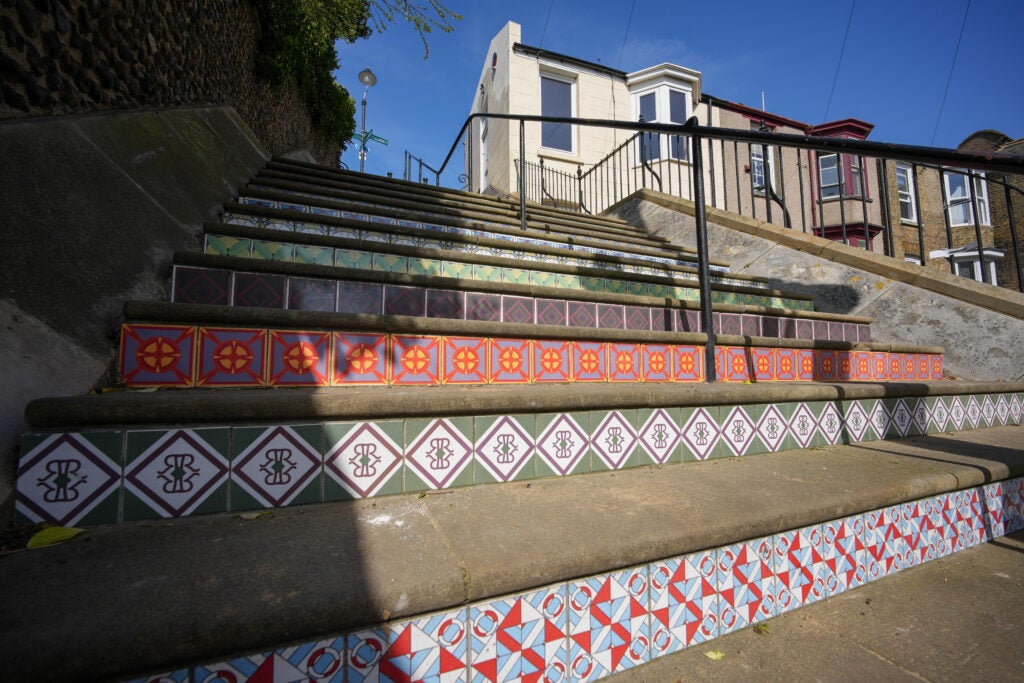
Latest deals
Should you buy it?
If you’re a creative professional who needs a one-stop shop for all your photos and video, the A7 IV is probably Sony’s best mirrorless option. It’s an excellent performer in both categories, easier to use than past A7 models (in particular, the screen and super-smart autofocus stand out), and it’s built like a tank.
The A7 IV’s price puts it firmly in the premium camera category, despite the A7 series historically being Sony’s “basic” full-frame line. And while you get a lot for your money, it’s still a big outlay for a camera that can’t record 4K footage at 60fps without a major crop. This makes it too pricey for newcomers but not quite powerful enough for prosumers.
Final Thoughts
Is this the best “basic” A7 Sony has made so far? No doubt about it: it’s excellent when it comes to photography and video, packed with creative potential and, thanks to improved autofocus (which was good already) and a new screen design (which wasn’t), it’s easier to use than ever.
This feels like a proper grown-up, high-end camera rather than anything close to being streamlined or entry-level – and yet there are compromises here. Most notable is the forced crop when recording 4K video at 60fps. For some, that might warrant skipping this camera in favour of a more powerful alternative such as the Panasonic GH6 or Sony’s own A7S III, but those who can live with it won’t find many other disappointments here.
For anyone who needs a versatile, reliable camera that can step up to almost any photo or video task, the Sony A7 IV fits the bill comfortably.
How we test
We test every camera we review thoroughly. We use set tests to compare features properly and we use it as our main device over the review period. We’ll always tell you what we find and we never, ever, accept money to review a product.
Tested in varying conditions
Tested both photo and video skills
FAQs
It can record in several picture profiles including S-Log2 and S-Log3
It uses the same NP-FZ100 battery as many of Sony’s other A-series models, including the A7 III. It can be charged internally via the USB-C port
The A7 VI had two: one for SD and one that supports either SD or CFexpress. Note that you’ll need a fast SD or CFexpress card for certain advanced recording modes

